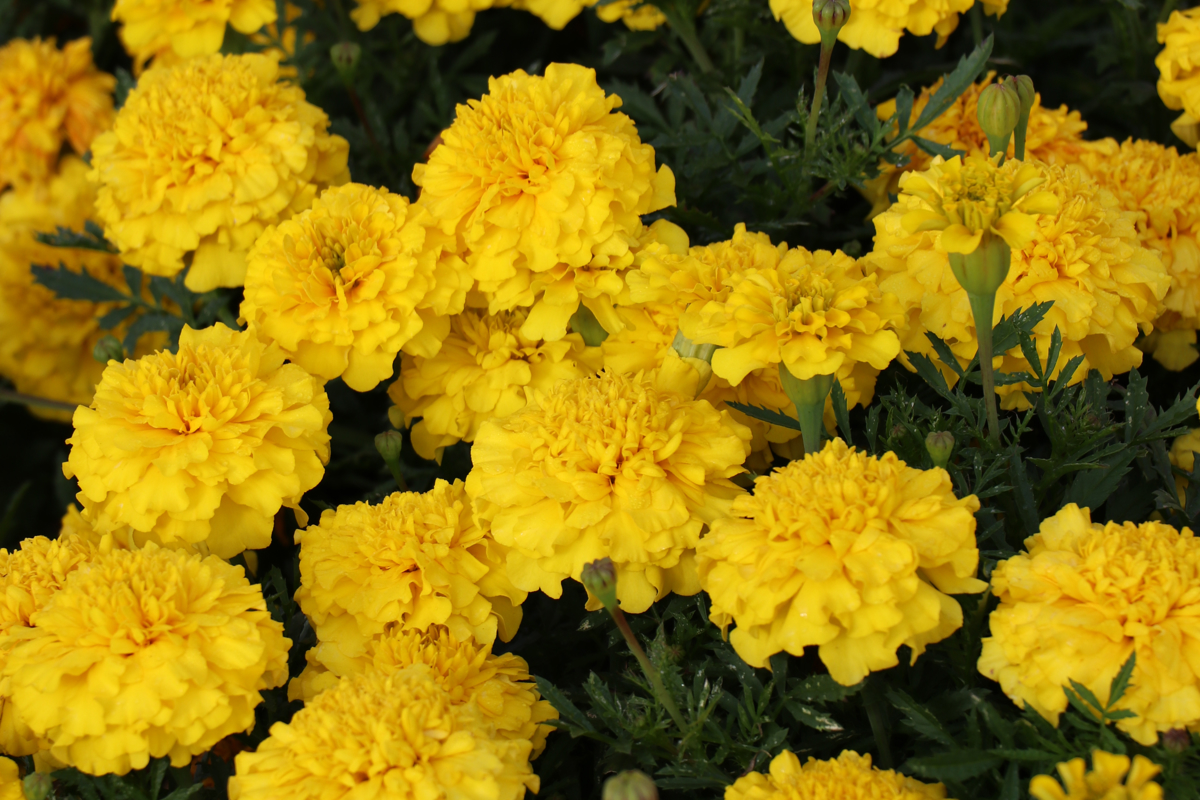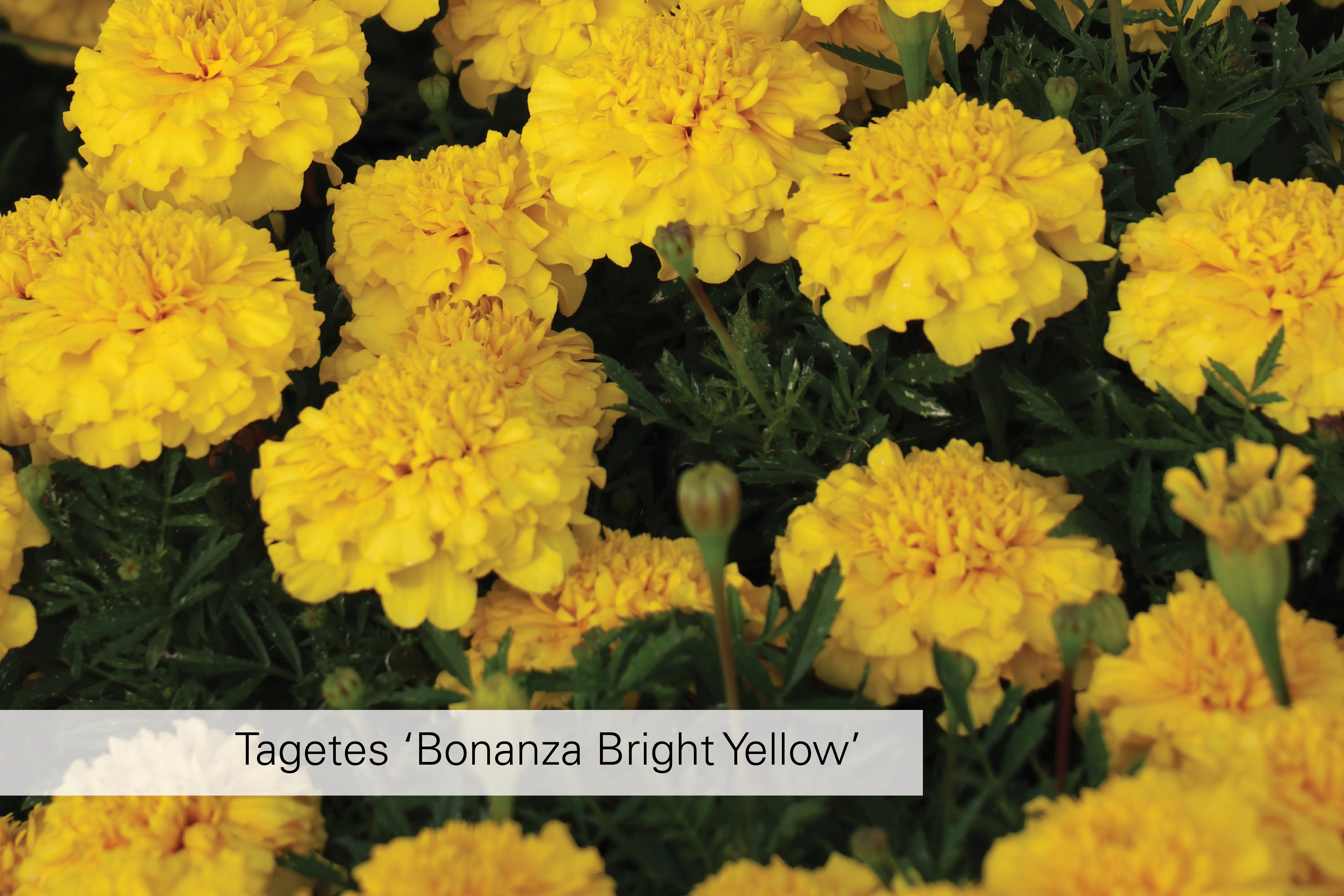Physical characteristics
A compact
Flowers and foliage
Double flowers range in colour from
Preferred site
Easily grown in average, evenly moist, well-drained soils in
Preparation for planting
Bedding
Plant out after all danger of frost has passed in the spring. Pinch young
Maintenance tips
It is advisable to add organic matter, such as compost, to the soil every second year and an
Bedding
Promptly deadhead spent flowers. Flowering may decrease considerably in the heat of the summer but will resume as cooler weather arrives. Water regularly until new
Ecological and biodiversity benefits
Attracts butterflies and bees.
Pests and diseases
Susceptible to powdery mildew, botrytis, leaf spot and rots. Slugs and snails will damage
Companion and combination plants
Tomatoes are good companion




.jpg?width=1200&height=1200&v=1d4024dceb89e50)

.jpg?width=1200&height=1200&v=1d5569224d63650)
 .jpg?width=1200&height=1200&v=1d4024df6ce2770)
.jpg?width=1200&height=1200&v=1d55676a892f2b0)
 .jpg?width=1200&height=1200&v=1d4024e3b65f7f0)